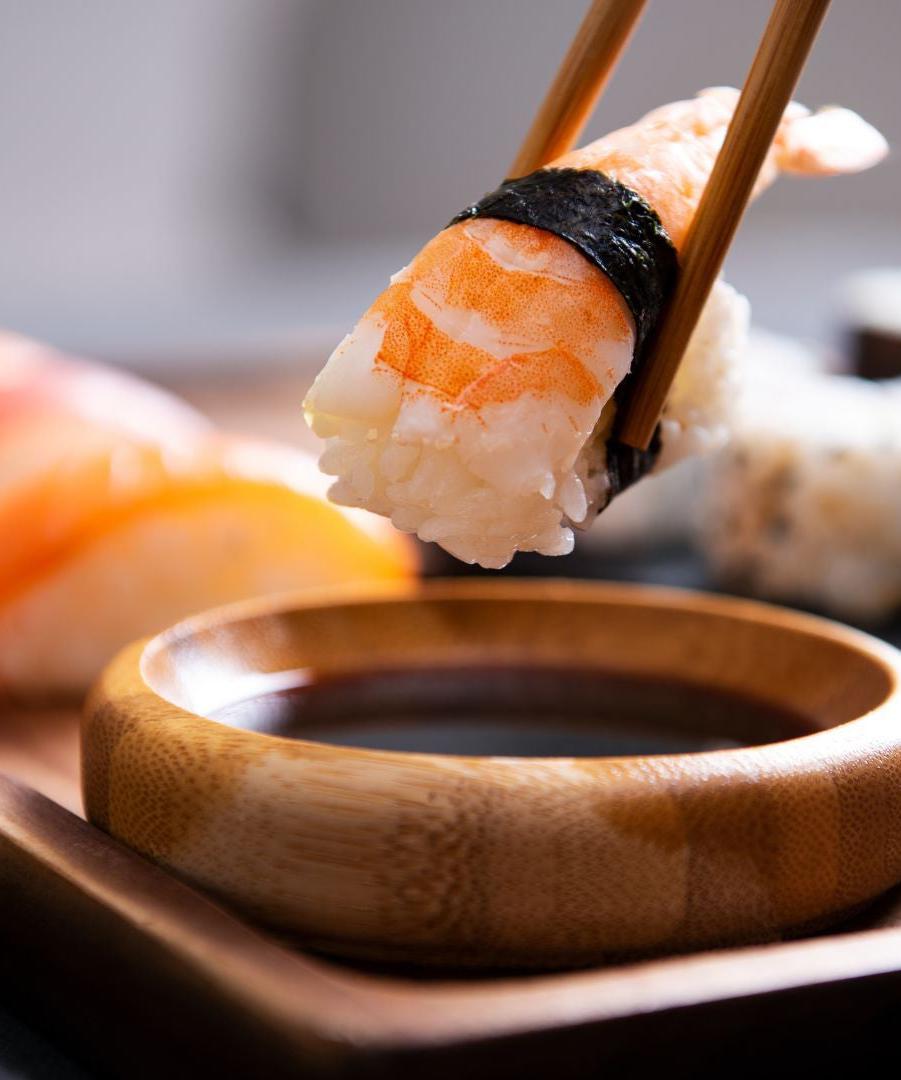You’ve likely noticed them in stores or even added them to your meals, but tamari and soy sauce deserve a deeper understanding. Having researched extensively in the world of sauces, I aim to provide a straightforward guide to these Asian staples. Say goodbye to uncertainty in the kitchen or market.
With the surge of Asian cuisine globally, we’ve been introduced to numerous ingredients, some easily confused. Though tamari and soy sauce may seem interchangeable, they boast unique traits and histories.
Why the emphasis? Beyond just flavor, it’s about appreciating a deep-rooted culinary heritage. These aren’t mere condiments; they narrate culinary tales. Join me as we delve into the essence of tamari and soy sauce.
What Exactly is Tamari?
Tamari, originating from Japan, came into existence as a by-product of making miso. Though soy sauce’s story is widely known, tamari remains somewhat of an enigma, sparking curiosity among culinary enthusiasts.
At its heart, tamari consists of soybeans, water, and salt—a seemingly simple combination. Yet, it stands out from regular soy sauce due to its minimal or complete lack of wheat. This not only differentiates tamari in terms of ingredients but also significantly influences its texture and flavor profile. The fermentation process gifts tamari a rich thickness and a full-bodied flavor that’s noticeably less salty than its soy sauce counterpart.
Soy Sauce: More Than Just a Condiment
The crafting of soy sauce entails a fermentation process of soybeans and grains, resulting in a spectrum of flavors and hues, spanning from light and mellow to deep and rich. The duration and methodologies applied in fermentation are crucial, leaving a marked impact on the end product.
The Lowdown
Tamari and Soy Sauce Sodium Face-Off Tamari usually packs less sodium than its cousin, soy sauce. If you’re watching your salt, tamari might be your friend, but always check those labels – brands can differ.
Health Perks and Hitches
Beyond sodium, each sauce brings its health game. Soy sauce is a source of antioxidants and might boost gut health, thanks to fermentation. Need gluten-free? Tamari’s often the ticket, especially for those with celiac or gluten sensitivities.
Taste
Oh, There’s a Difference! Let’s talk flavor. Tamari offers a bold umami punch without drowning you in salt. On the other hand, soy sauce can be a tad saltier with a hint of sweetness. The fermentation journey and ingredients decide their flavor depth.
Sauce Pair-Ups
Love dipping? Go for tamari. Its full-bodied taste complements without dominating. Soy sauce, versatile as ever, shines in marinades, stir-fries, and countless Asian dishes.
Why Tamari Rules in Gluten-Free
Circles For gluten-avoiders, tamari’s often the go-to. Traditional soy sauce? It’s a wheat party. Most tamari versions, though, ditch the wheat. Still, peek at those labels – sneaky wheat can creep in.
Authentic Gluten-Free Tamari? Here’s How. Want genuine gluten-free tamari? Hunt for that certified gluten-free badge. That seal means business – no gluten cross-contamination.
Culinary Applications: When to Use What?
Tamari’s Magic in Certain Recipes
Tamari shines in dishes where its rich umami flavor can be the star, such as in dipping sauces, salad dressings, or as a seasoning for grilled meats. Its thicker consistency also makes it a great finishing sauce.
Soy Sauce’s Universal Culinary Charm
Soy sauce is incredibly versatile, suitable for cooking, marinating, and as a table condiment. Its balanced flavor enhances a wide range of dishes, from traditional Asian cuisines to modern fusion dishes.
Shelf Life, Storage, and Freshness
When it comes to storing different types of soy sauce, whether it’s Chinese soy sauce, Japanese soy sauce, dark soy sauce, light soy sauce, or premium soy sauce, the method remains consistent. Both tamari and shoyu, two popular Japanese variants, should be kept in a cool, dark place like a pantry or cupboard. For those using purpose soy sauce specifically designed for certain Asian recipes, like stir fries and dumplings, or even sushi and sashimi, it’s essential to follow this storage practice. Kikkoman, a renowned brand in soy sauce, recommends refrigeration after opening to extend its shelf life. Properly stored, they can remain fresh for several months to a year.
Potential Allergies and Sensitivities to Be Aware Of
Regardless of the type of soy sauce, whether it’s sodium soy sauce with high sodium content or a sweeter variant infused with palm sugar, signs of spoilage remain consistent. An off smell, a change in color, or mold growth are indications. If using soybean paste or miso paste, which are byproducts similar to soy sauce, these signs are equally relevant. If you notice any of these signs in your bottle of tamari shoyu or any type of soy sauce, it’s best to discard it.
The Global Market: Consumption and Trends
Given the ever-shifting preferences of global consumers, the demand for tamari and soy sauce has seen remarkable growth. As someone entrenched in the sauce sector, I’ve noticed the subtle differences between the two. Simply put, tamari, originating from Japan, is a less salty variant of soy sauce due to its lack of wheat, making it an ideal gluten-free choice.
In 2022, tamari sales alone stood at an admirable $2.5 billion, marking a 10% rise from 2021. This growth isn’t just indicative of a taste for Asian dishes but a broader shift toward health-focused choices. Tamari’s gluten-free nature has garnered favor, especially in Western regions like the U.S., U.K., and Australia, where gluten-free trends are prevalent.
Contrastingly, the age-old allure of soy sauce remains. Data from the past year shows its sales hitting $20 billion worldwide. Predominantly, China tops the consumption list, with nations like Korea, Japan, and Southeast Asia not far behind. The appeal? Its adaptable nature and the depth it adds to countless traditional recipes.
But for those in B2B, the real query is about the market’s future. Signs hint at a rising hunger for top-tier, handcrafted sauces. As global palates refine, there’s a tilt toward genuine, top-quality tastes. This trend presents a golden chance for producers to evolve and meet this high-end demand.
For businesses looking to thrive, understanding these shifts is paramount. Marrying authenticity, taste, and health, all while honoring the origins of these time-honored sauces, will be the way forward.
Conclusion
In wrapping up our deep dive into tamari versus soy sauce, let’s keep it real. We’ve sifted through the nitty-gritty of these two condiments – yeah, they’re more than just “sauces” – and it’s clear they’re not twins. Now, if you’re a buyer, especially on the business side, here’s the straight talk: knowing your tamari from your soy sauce isn’t just kitchen trivia. It’s about making your business stand out. You’ve got the insights now, the real deal, to make choices that can set your kitchen, restaurant, or product line apart.




